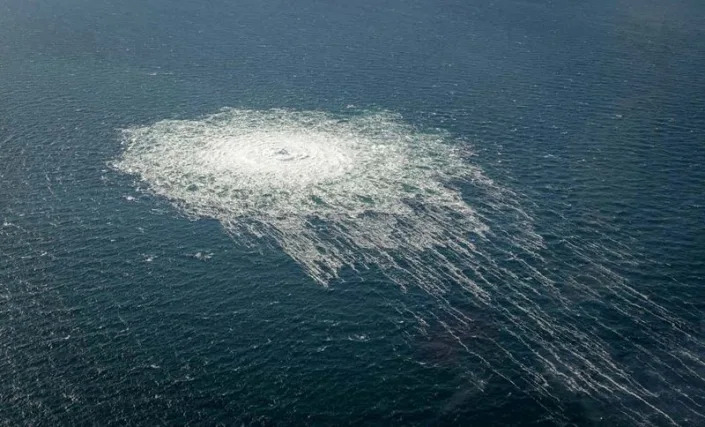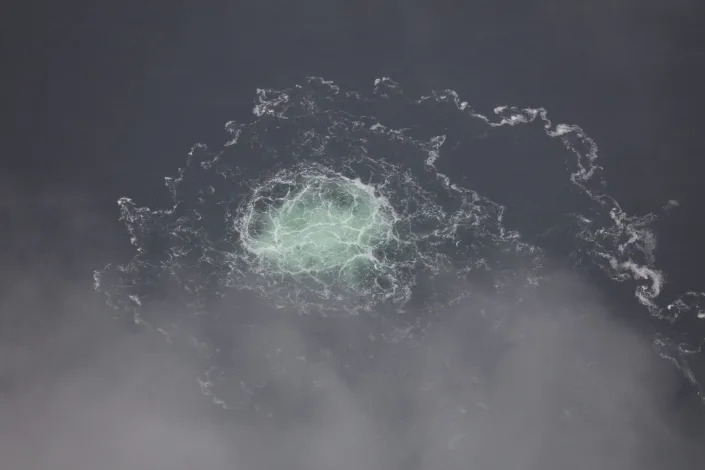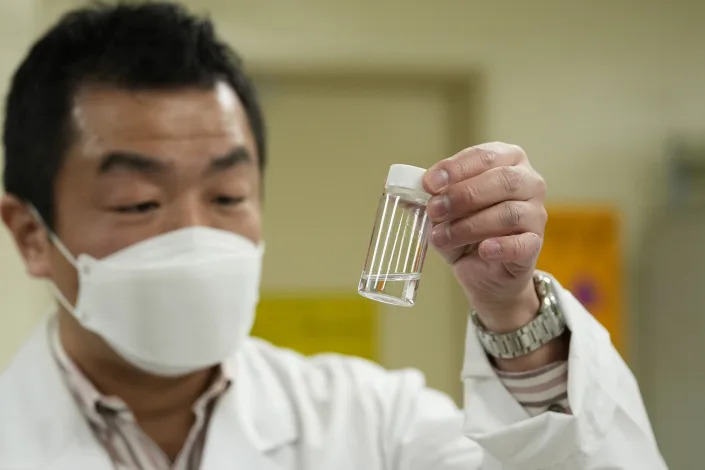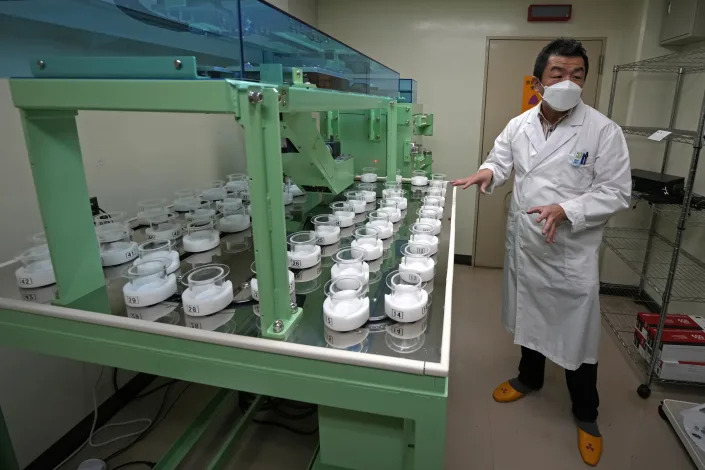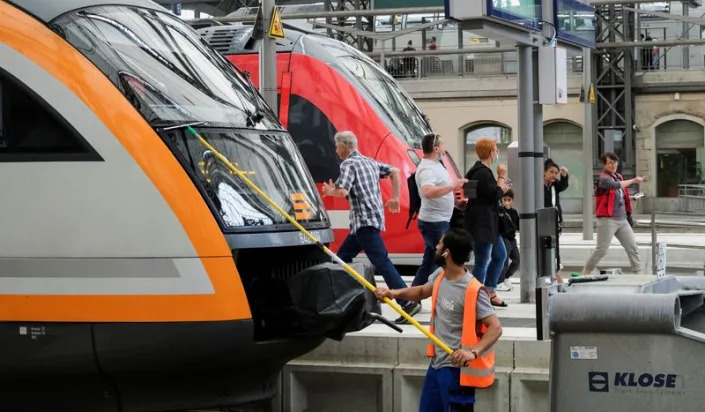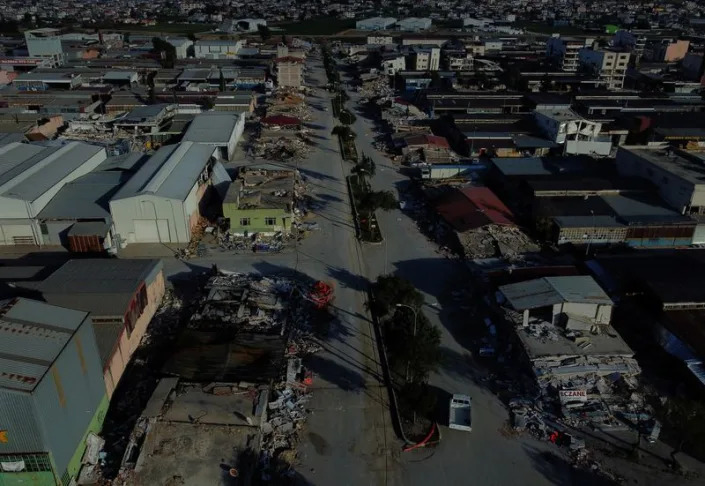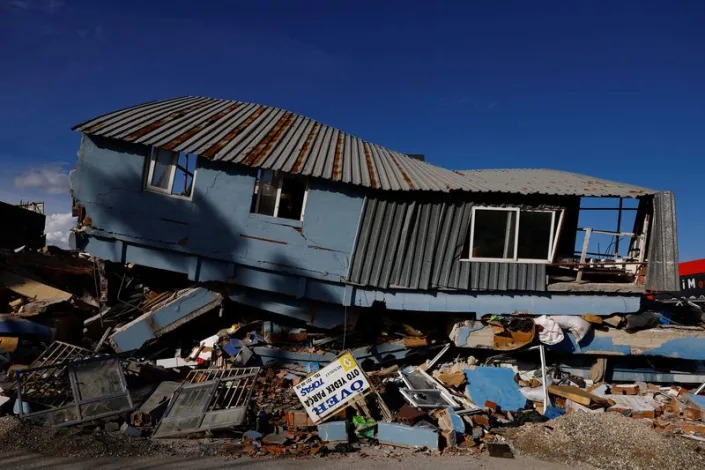WAGE SLAVERY
S.Korean labour minister defends longer work week as helpful for mothers
Women wearing masks talk at a railway station amid the coronavirus disease (COVID-19) pandemic in Seoul
Thu, March 9, 2023

SEOUL (Reuters) - South Korea's labour minister said on Thursday that lifting the weekly work hour cap to 69 hours from 52 will give working mothers more choice and help them raise children amid growing concerns over the country’s falling birth rates.
The government says allowing workers to accrue more overtime hours in return for time off later will mean people who want to take longer breaks - such as parents or caregivers - will be able to do so.
“We’ll introduce bold measures to help cut working hours during pregnancy or while raising children,” the minister, Lee Jung-sik, told a media briefing when asked whether the labour reform proposal will help tackle South Korea's fertility crisis.
Critics of the measure, however, have said that the measures will hurt, not help, working mothers and other women.
"While men will work long hours and be exempt from care responsibilities and rights, women will have to do all the care work," the Korean Women's Associations United said in a recent statement.

South Korea has the lowest fertility rate in the world -- 0.78 in 2022. President Yoon Suk Yeol on Wednesday ordered “bold measures” to tackle the country’s fertility rate.
The ministry said the labour reform proposal, first unveiled in December and officially announced on Monday, is part of efforts to bring more labour flexibility and improve work-life balance in a country where many women are forced to choose between their career and raising children.
It would supersede a 2018 law that limited the work week to 52 hours - 40 hours of regular work plus 12 hours of overtime. The Ministry of Employment and Labor said the law had made the labour market more rigid.
While the move has been welcomed by business interest groups, it has been criticized by the opposition and unions as neglecting workers’ rights.
"It will make it legal to work from 9 a.m. to midnight for five days in a row. There is no regard for workers' health and rest," the Korean Confederation of Trade Unions said in a statement.
Lee Jae-myung, leader of the main opposition Democratic Party with a parliamentary majority, said on Wednesday that his party would block the bill.
(Reporting by Hyunsu Yim, Editing by William Maclean)

